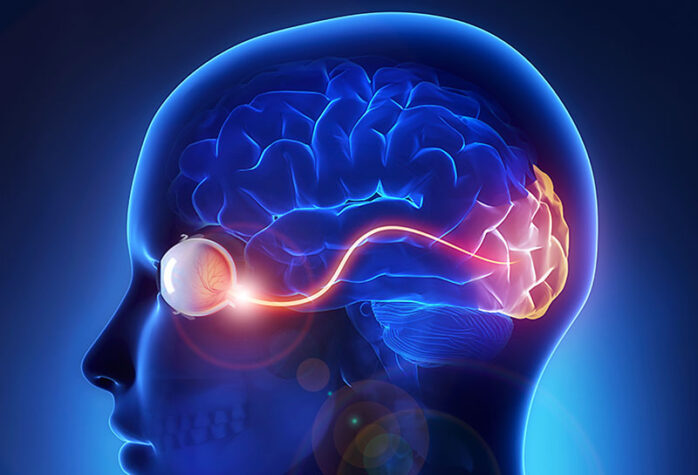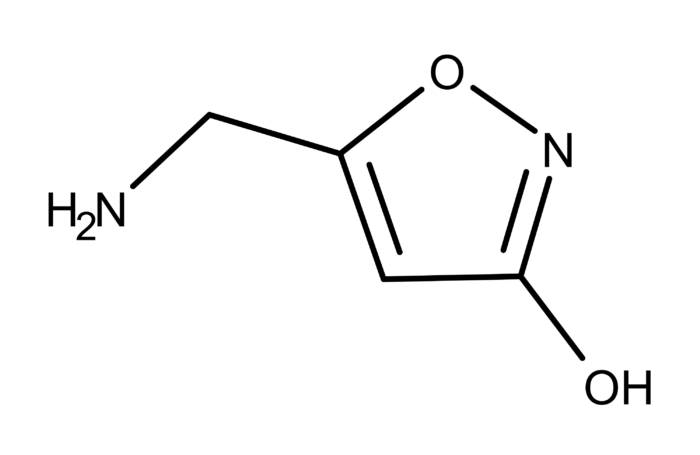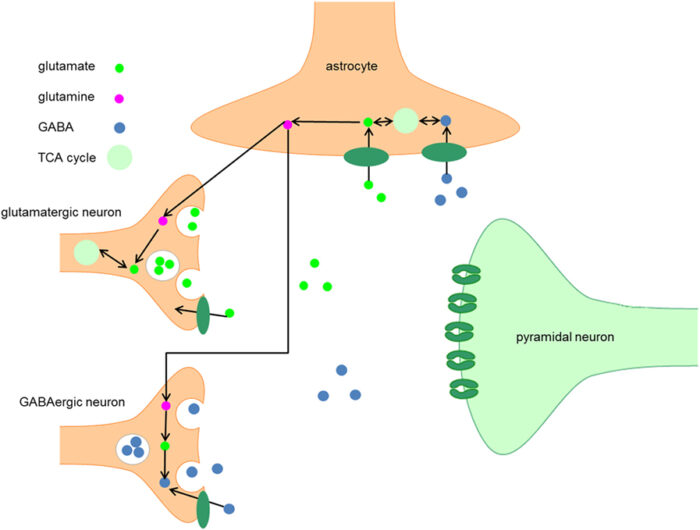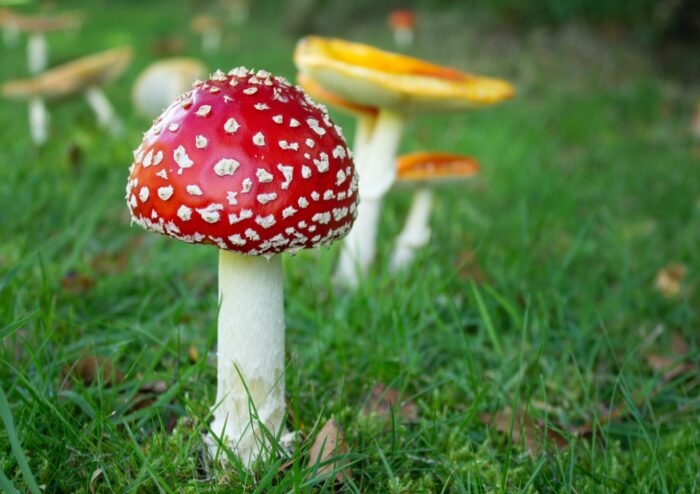
The human brain is a complex organ that relies on a delicate balance of neurotransmitters to regulate various functions, including cognition, emotions, and behavior. Understanding the effects of different substances on the neurotransmitter system is crucial for exploring potential therapeutic applications or identifying potential risks. One such substance of interest is muscimol, a psychoactive compound found in certain mushroom species. In this article, we will delve into the effects of muscimol on the neurotransmitter system of the brain, exploring its mechanisms of action, potential benefits, and associated risks.
1. What is Muscimol?
Muscimol is a naturally occurring psychoactive compound found in the Amanita muscaria mushroom, commonly known as the fly agaric. It belongs to the class of compounds called isoxazoles and acts as a potent agonist for the neurotransmitter gamma-aminobutyric acid (GABA) in the brain. GABA is the primary inhibitory neurotransmitter in the central nervous system and plays a vital role in regulating neuronal excitability.

2. Mechanisms of Action
Once muscimol enters the brain, it binds to GABA receptors, specifically targeting the GABA-A receptors. By binding to these receptors, muscimol enhances the inhibitory effects of GABA, resulting in an overall decrease in neuronal activity. This leads to sedative, anxiolytic, and hypnotic effects, making muscimol a potential candidate for therapeutic use in certain conditions.
3. Potential Benefits
3.1 Sedative and Anxiolytic Effects
Studies have shown that muscimol possesses sedative and anxiolytic properties. By increasing the inhibitory effects of GABA, it can induce relaxation and reduce anxiety symptoms. However, it is essential to note that the potency of muscimol can vary, and its effects may be influenced by individual differences and dosage.
3.2 Anticonvulsant Properties
Muscimol’s ability to enhance GABAergic neurotransmission also suggests its potential as an anticonvulsant. GABA plays a crucial role in inhibiting excessive neuronal activity, and by augmenting GABA’s effects, muscimol may help reduce seizure activity. Further research is needed to explore this potential application.
3.3 Exploration of Consciousness
Muscimol has a long history of traditional use in shamanic rituals and spiritual practices. It is believed to induce altered states of consciousness, leading to introspection, vivid hallucinations, and mystical experiences. However, it is important to approach the recreational use of muscimol with caution due to its potent effects and potential risks.

4. Risks and Precautions
4.1 Dosage and Individual Sensitivity
Muscimol is a potent compound, and its effects can vary depending on the dosage and individual sensitivity. Even small amounts can lead to significant psychoactive effects, including hallucinations and delirium. It is crucial to start with extremely low doses and exercise caution to prevent potential adverse reactions.
4.2 Toxicity and Side Effects
While muscimol is generally considered to have a low toxicity profile, adverse reactions can occur, especially with higher doses. Common side effects include nausea, vomiting, dizziness, confusion, and loss of coordination. Severe intoxication may lead to respiratory depression, coma, or even death. It is crucial to prioritize safety and avoid excessive or irresponsible use.
4.3 Drug Interactions
Muscimol may interact with other substances, including alcohol and certain medications. Combining muscimol with alcohol or drugs that depress the central nervous system can potentiate the sedative effects and increase the risk of adverse reactions. It is essential to be aware of potential interactions and consult a healthcare professional if necessary.
Certainly! Here’s the continuation of the article:

5. Research and Clinical Applications
5.1 Neurological Disorders
Given muscimol’s ability to enhance GABAergic neurotransmission and its potential anticonvulsant properties, researchers have explored its use in the treatment of neurological disorders. Preliminary studies suggest that muscimol may have a role in managing conditions such as epilepsy and certain movement disorders. However, further clinical trials are needed to establish its efficacy and safety in these specific applications.
5.2 Anxiety and Mood Disorders
As mentioned earlier, muscimol’s anxiolytic properties make it an interesting candidate for the treatment of anxiety and mood disorders. Studies have shown promising results in reducing anxiety symptoms in animal models. However, translating these findings into clinical practice requires extensive research to determine the optimal dosage, duration, and potential side effects.
5.3 Sleep Disorders
The sedative and hypnotic effects of muscimol have also sparked interest in its potential application in sleep disorders. Some studies have explored its use as a sleep aid, suggesting that it may promote deeper and more restful sleep. However, due to the limited research available, its use for this purpose remains speculative, and more rigorous studies are necessary.

6. Ethnobotanical and Cultural Significance
Muscimol holds significant cultural and ethnobotanical importance in various regions around the world. It has been used traditionally in shamanic rituals and spiritual practices for centuries. The Amanita muscaria mushroom, containing muscimol, is associated with folklore, mythology, and religious ceremonies in different cultures. These rituals often involve inducing altered states of consciousness and spiritual experiences. However, it is essential to approach the cultural significance of muscimol with respect and to acknowledge the potential risks associated with its recreational use.
7. Legal Status
The legal status of muscimol and Amanita muscaria mushrooms varies across countries. In some places, they are legal and readily available, while in others, they may be classified as controlled substances. It is important to be aware of the legal status and regulations in your jurisdiction before considering any use of muscimol or related substances.

8. Conclusion
The study of muscimol and its effects on the neurotransmitter system of the brain provides valuable insights into its potential therapeutic applications. Its ability to enhance GABAergic neurotransmission offers possibilities for managing various neurological and psychiatric conditions. However, it is crucial to recognize the importance of responsible use, proper dosage, and individual sensitivity. The recreational use of muscimol and Amanita muscaria mushrooms should be approached with caution due to their potent effects and potential risks.
As research progresses, a better understanding of muscimol’s mechanisms of action, long-term effects, and potential clinical applications will be gained. It is essential for scientists, healthcare professionals, and policymakers to continue exploring the therapeutic potential of muscimol while ensuring the safety and well-being of individuals.
Disclaimer: The information provided in this article is for informational purposes only and should not be considered as medical or legal advice. The use of muscimol or any psychoactive substance should be done under the guidance and supervision of a qualified healthcare professional, and adherence to the laws and regulations of your jurisdiction is essential.






